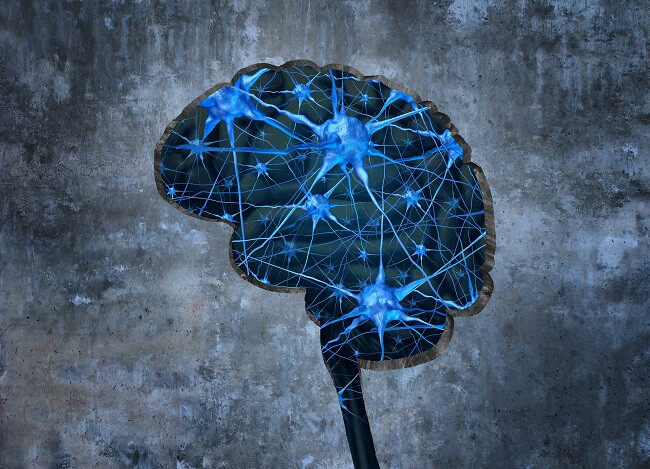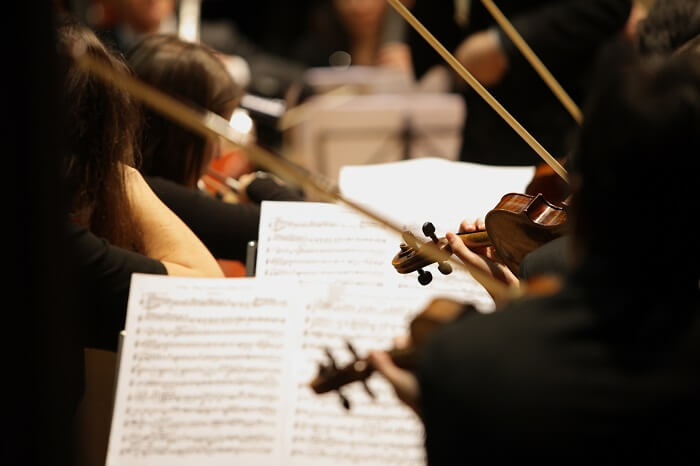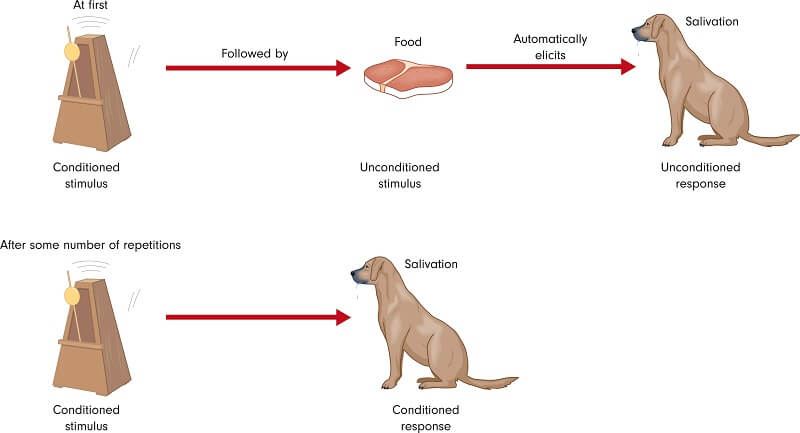Definition
Implicit memory, sometimes referred to as unconscious memory, automatic memory, or non-declarative memory, is one of the two categories of long-term memory in humans. The other is called explicit memory, also known as declarative memory.
Whereas explicit memory is the conscious memory of specific facts, events, and personal experiences, implicit memory is related to unconscious memories, such as the ability to perform actions automatically, make connections, and respond to stimuli.
For example, the ability to ride a bike is an unconscious skill once learned and is an example of implicit memory.

Overview of Memory
There are several different memory systems in the brain. In psychology, memory can be classified in a few different ways, including the stage of the memory, the type of memory, and the process of creating the memory.
One way of interpreting memory is to focus on what stage the memory is in; i.e., how long is the memory available to the individual? Sensory memory is the brief storage of information that results from a stimulus. Most of these memories are forgotten, but if we identify the information as valuable, it forms a working memory, part of our short-term memory.
Some of the information present in our working memory proceeds to long-term memory storage, which has a large capacity. These are the memories that are stored for months and years.
Within long-term memory, there is a fundamental classification of memory into two types. These are implicit and explicit memories.
Implicit vs. Explicit Memory
The difference between implicit and explicit memory is that explicit memories can be consciously recalled, whereas implicit memories are just ‘known’ without conscious thought involved.
An example of explicit memory is being able to recall a particularly challenging music lesson. You might remember the names of the pieces played and the classmates present. However, the improvements you made to your violin playing by attending that lesson are an implicit memory.
Implicit and explicit memory have also been demonstrated to involve separate neuroanatomies and neural circuits (i.e., different parts of the brain). These findings highlight their fundamental biological differences.
To learn more, visit our article that compares implicit and explicit memories.
Types and Examples of Implicit Memory
Within implicit memory, there are several different types. Here, they are divided into three classes: procedural memory, priming, and classical conditioning. Each is thought to involve different structures in the brain.
Procedural Memory
One example of implicit memory is procedural memory, which is the reason that you don’t have to think about performing certain motor functions, you simply do them. For example, riding a bike, typing, tying your shoelaces, or playing a video game.
If carrying out a task is ‘second nature’ to you, and doesn’t require you to actively think about how to do it, then you are using procedural memory. Sometimes, this is referred to as ‘muscle memory.’
Often, the tasks are complex, but the individual can do them without thinking. They may also struggle to explain how they are doing them. Highly skilled musicians have particularly good procedural memory skills. They are able to perform complex pieces of music quickly and accurately, even if the piece is new to them.

Priming
Priming describes the psychological phenomenon in which a past experience alters our response to an event in the present. The change is usually reflected in the accuracy or the processing time of the reaction. The responses refer to activities such as identifying, classifying, or locating an item.
For example, if someone is exposed to the word ‘mouse,’ their subsequent response to the word ‘cat’ will be quicker than the word ‘balloon,’ due to the association between the words ‘cat’ and ‘mouse.’
The two stimuli can be related linguistically, visually, or perceptually; the phenomenon of priming will still occur.
There are several types of priming, each with different effects on the response. Interestingly, priming has been demonstrated to be intact in patients with memory impairments, suggesting the mechanisms that contribute to priming are distinct from those that contribute to conscious or declarative memory.
Classic Conditioning
Classical conditioning is when two unrelated stimuli (one neutral and one biological) are paired in order to promote a new response to the neutral stimulus. It is a type of learning by association.
The best example of this is ‘Pavlov’s dog’; classical conditioning is sometimes referred to as Pavlovian conditioning.
During his research into digestion in dogs, Ivan Pavlov noticed that the dogs would start to drool in the presence of the technician that normally fed them, even if they had no food to give the dogs. He explored this observation and performed an experiment where he rang a bell every time he fed the dogs.
Eventually, the sound of the bell alone was sufficient to cause the dogs to drool; they had been conditioned to associate the sound of the bell with the food. Classical conditioning is a type of associative learning: the response is linked with a known stimulus.

Associative vs. Non-associative
Another way of classifying implicit memory is into associative or non-associative. Non-associative learning is when behavior changes in the absence of any identifiable stimulus. This is in contrast to associative learning, such as classical conditioning, where we unconsciously learn that two stimuli are associated with one another, and respond accordingly. The two best-described types of non-associative learning are habituation and sensitization.
Habituation is when an individual shows a decreased response to a stimulus after repeated exposure to that stimulus. For example, imagine you move to a new house where there is a lot of noisy traffic outside. At first, you would struggle to sleep through the sounds and may find it irritating. After a while, you stop noticing the sounds. This has clinical relevance because it has potential value in the treatment of phobias and other mental health disorders.
Sensitization is the opposite of habituation. In sensitization, increased exposure to a stimulus amplifies the response. This often occurs after traumatic events, in survivors of abuse, and in sufferers of PTSD or anxiety disorders. For example, loud noises can make individuals jumpy or fearful.
Illusion-of-Truth Phenomenon
The illusion-of-truth or the illusory truth effect describes the phenomenon that the more we hear an item of information, the more we believe that information to be true. People tend to trust the validity of information that is familiar to them. This effect can even lead to the formation of false memories.
Illusory truth is a type of unconscious bias and, therefore, represents implicit memory. This is also linked to ‘hindsight bias.’ Think of the phrase ‘hindsight is always 20/20’. The correct answer always seems obvious after the information comes to light.
Illusory truth has real-world applications in the fields of politics and marketing.
Quiz
